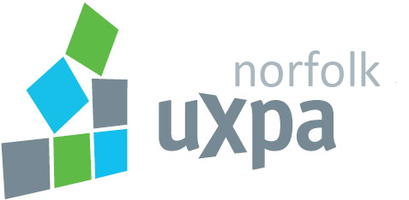I read about this very cool premise and book from Apryl Motley, CAE, who was the managing editor of ASAE's ASSOCIATIONS NOW, published in February 2006. Thanks, Apryl!
At your next staff meeting, ask all of the innovative people in the room to raise their hands. Chances are you'll be met with confused stares and perhaps a few cautiously half-raised hands. Most people associate innovation with the next big idea or some invention that will change the world as we know it. Get a grip!
"Innovation is not about discovering fire or reinventing the wheel," says Breakthrough Management Group CEO David SilversteinSilverstein. "It is a core competency that can be taught and measured within your association."

Silverstein is a co-author of Insourcing Innovation: How to Transform Business as Usual Into Business as Exceptional (Breakthrough Performance Press, 2005), which argues against the common practice of organizations looking externally rather than internally for innovative capabilities.
An organization's best innovators are usually in your staff, but they must be empowered to take risks and make their ideas known. Silverstein talks about the importance of organizations cultivating their ability to innovate from within.
He draws a clear distinction between creativity and innovation. In his blog http://www.leadershipandbusiness.com/, Silverstein writes the equation for innovation success as follows: "creativity + structure = innovation success.
Most organizations do not have an infinite amount of time to explore infinite ideas. There must be a process for sharing ideas in an organization. However, organizations that engage employees in brainstorming with no end-game in mind cause frustration for staff. There must be a process in place for ideas to be evaluated and put into action.
Silverstein recommends a convergent approach to idea generation. "It's important to take staff through the process of narrowing the universe of ideas and then converging on the best--perhaps the most economical or time-sensitive--ones," says Silverstein. Within this structure, staff is empowered to bring ideas to life.
One of the first steps toward insourcing innovation is to free staff of intellectual baggage--help make people feel comfortable taking risks. Silverstein emphasizes the importance of understanding that everyone in an organization has the potential to create. But creativity must be fostered among the entire staff. The job of leaders who want innovation in their organizations is to let people make mistakes and learn from them.
Silverstein suggests some additional strategies for leading an organization out of inertia and into innovation:
**Know when to step in and when to step back.
**Focus on one or two people. Make them your top idea generators or innovation athletes. They can help motivate the rest of the organization.
**Help people understand their own psychological inertia or 'comfort zone'. Become more aware of your own limitations. You'll be more conscious of them, and this will help you think more freely.
**Establish more frequent staff rotations. Move people around so they have fresh perspectives.
**Reward people who take risks.
What does the future look like for organizations that fail to innovate?
According to Silverstein, failure to innovate throughout your organization is "a formula for commoditization of whatever you do." Competitors will converge around the same ideas that you have. You must have a self-preservation motive: Grow or die.





















No comments:
Post a Comment